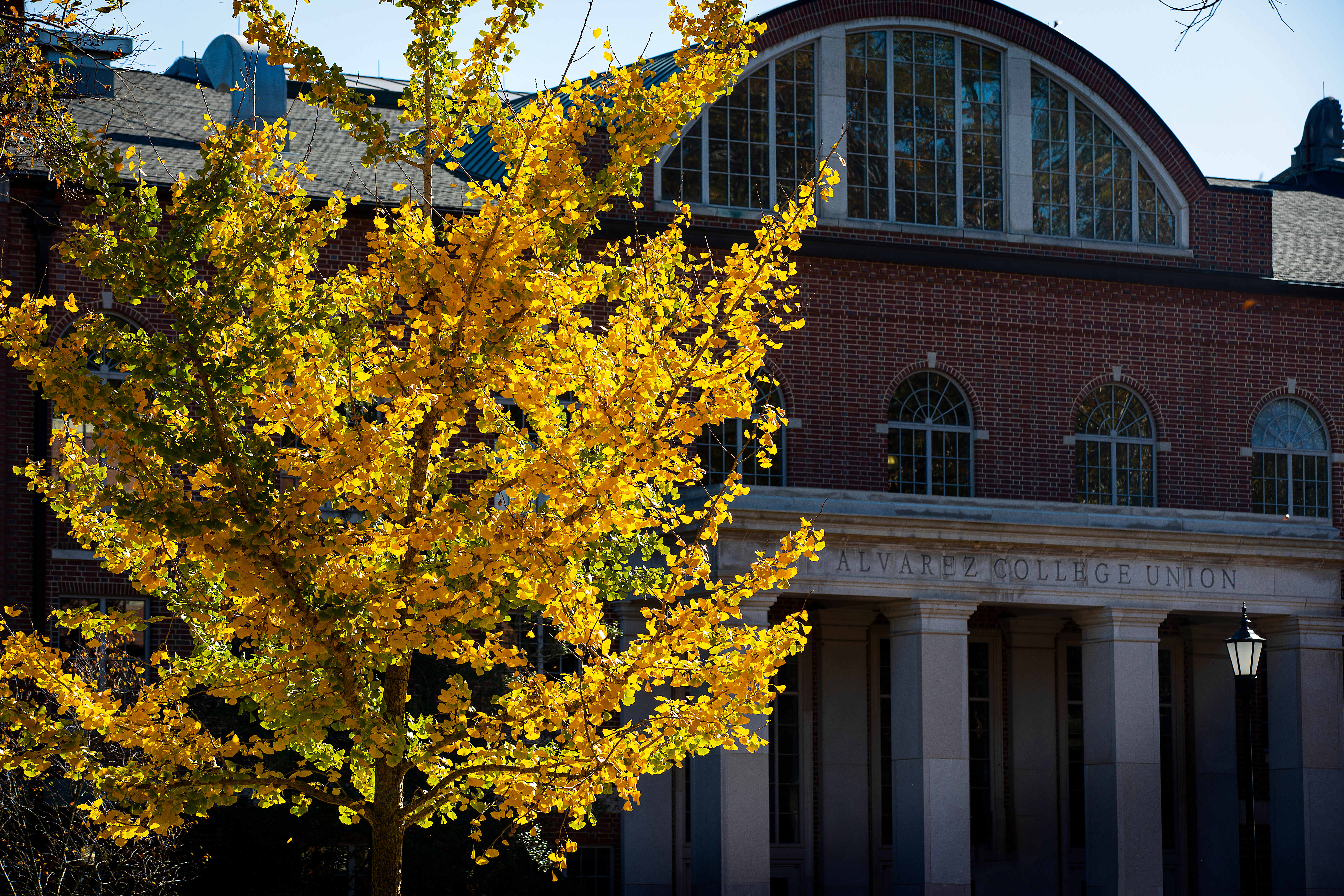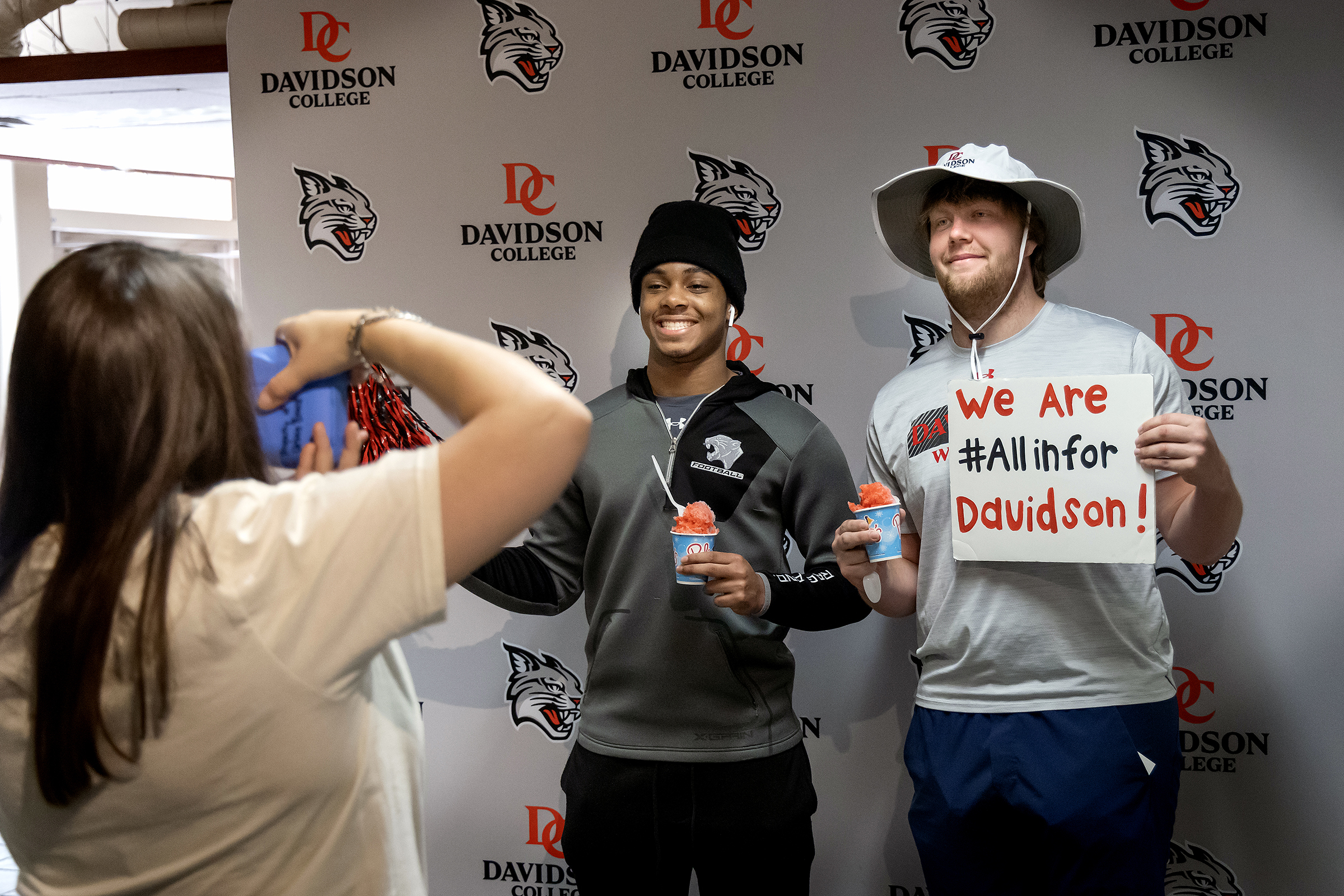Course Injects ‘Magic’ Into Mathematical Studies
July 13, 2016
"Was this your card?"
"Yes! Amazing! But how did you do it?!"
In fact, picking the correct card isn't really magic at all. All it takes is a little math.
Students in Professor Irl Bivens' Math 108 course, entitled "Math, Magic, & Mystery," spent last semester learning to inject a little "magic" into their math studies.
Over the years Math 108 classes have studied the connections between mathematics and other areas, with such offerings as "Mathematics & Art" and "Mathematics & Politics." "Math, Magic, & Mystery" is the first course in the series that deals with an area often dismissed as "recreational mathematics."
Bivens asserted that mathematical magic has grown in respectability during the last half-century.
One of the early indicators was the publication in the 1950s of the book Mathematics, Magic, and Mystery by Martin Gardner, a mathematician and longtime Scientific American columnist. More recently, Colm Mulcahy, a professor of mathematics at Spelman College, has written a bimonthly column, Card Colm, about card magic for the website of the Mathematical Association of America. Bivens used Mulcahy's book, Mathematical Card Magic, and Gardner's book as principal references for Math 108.
Additionally, the 2012 publication of Magical Mathematics: The Mathematical Ideas that Animate Great Magic Tricks by Persi Diaconis and Ron Graham is perhaps the strongest bolster for the study of mathematical magic. Diaconis is both a professor of mathematics and statistics at Stanford University and a professional magician, and Graham is both a professor of mathematics and computer science at the University of California, San Diego and a professional juggler. He also was the 2005 Bernard Lecturer at Davidson.
Mathematical Springboard
"I have always loved mathematical magic," Bivens said. "It takes two things I like and puts them together," and this marriage of interests drove him to develop the class.
Over the course of the semester, students worked mainly in small groups to understand and explain the mathematical basis of dozens of tricks, chosen specifically because they illustrated important underlying principles of mathematics, ranging from basic arithmetic, algebra, number theory and permutations to advanced mathematical concepts such as the "pigeonhole principle" and the "well-ordering principle."
The magical effects had to be entertaining, yes, but also had to serve as springboards into significant mathematical concepts, Bivens said. He gave an example: A card trick by magician Henry Christ led to a discussion of the existence of a one-to-one correspondence between two sets of the same size. Applying this concept to infinite sets, the students were able to understand in a fundamental way the manner in which infinite sets can come in different "sizes," Bivens explained. By the conclusion of that unit, class members were able to appreciate some of the issues involved in the current controversy on whether there is a size of infinity greater than that of the set of counting numbers (1, 2, 3, etc.), but less than that of the set of all real numbers.
Problem Solving Parallels
On paper, the class seemed to have all the typical requirements–assigned readings, reviews, regular problem sets, and a final project. But the final project was anything but typical: Students worked in pairs to create magic routines and present them to the class.
Bivens said that in many ways the final project was the most important component of the course.
The final project's significance is exemplified in an observation by Diaconis, who said, "Inventing a magic trick and inventing a theorem are very similar activities...The intellectual process of solving problems in the two areas is almost the same."
The final project allowed students to experience the joys of creating new applications of mathematics, without spending years of study in a particular mathematical discipline, Bivens said.
History major Jean Atkinson '16 said she enjoyed the course's twist on typical mathematical study.
"I really liked the section we did on predictions," she noted. "At first I was completely stumped by the tricks Professor Bivens was doing, but by the end I understood it. It was cool to see how that magic came from math."
Bivens previously taught much of the material in 2014 as part of a junior/senior seminar for math majors, and he plans to teach the Math 108 version again in spring term 2017.
"From the teacher point of view, it takes concepts and ideas that in other arenas students would find boring, and presents them in an unfamiliar context that's more interesting," he said. "That makes it fun to teach."



